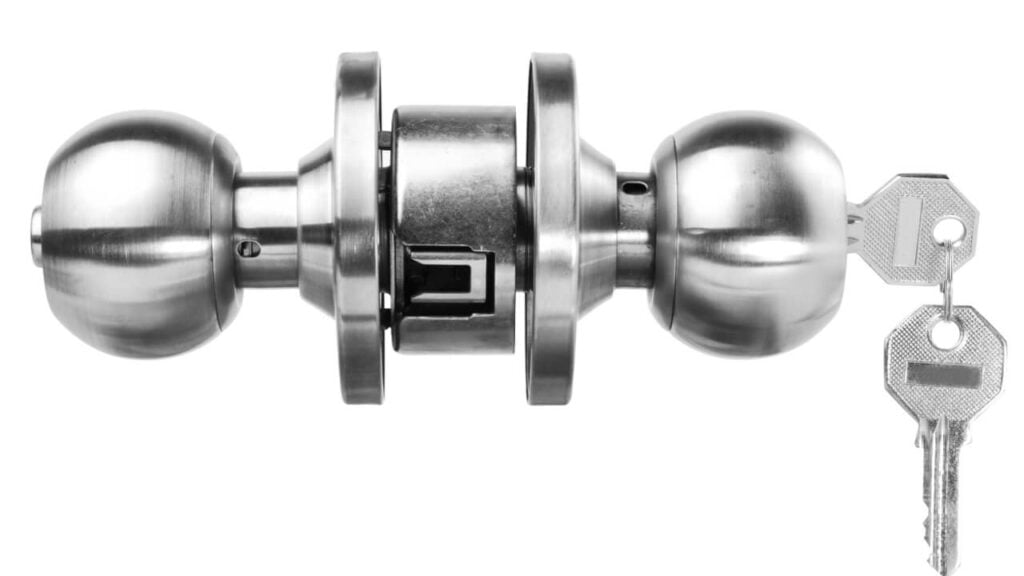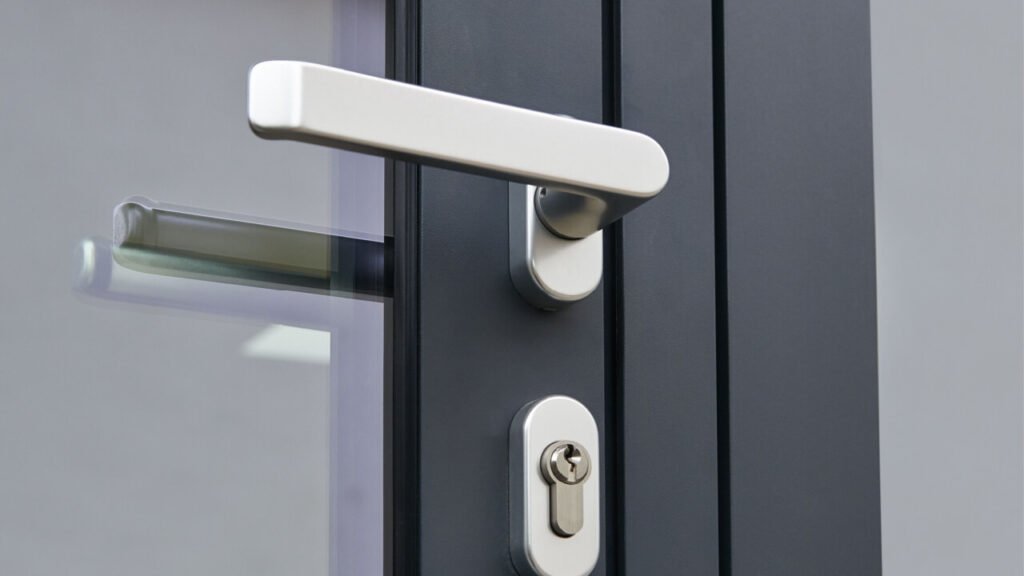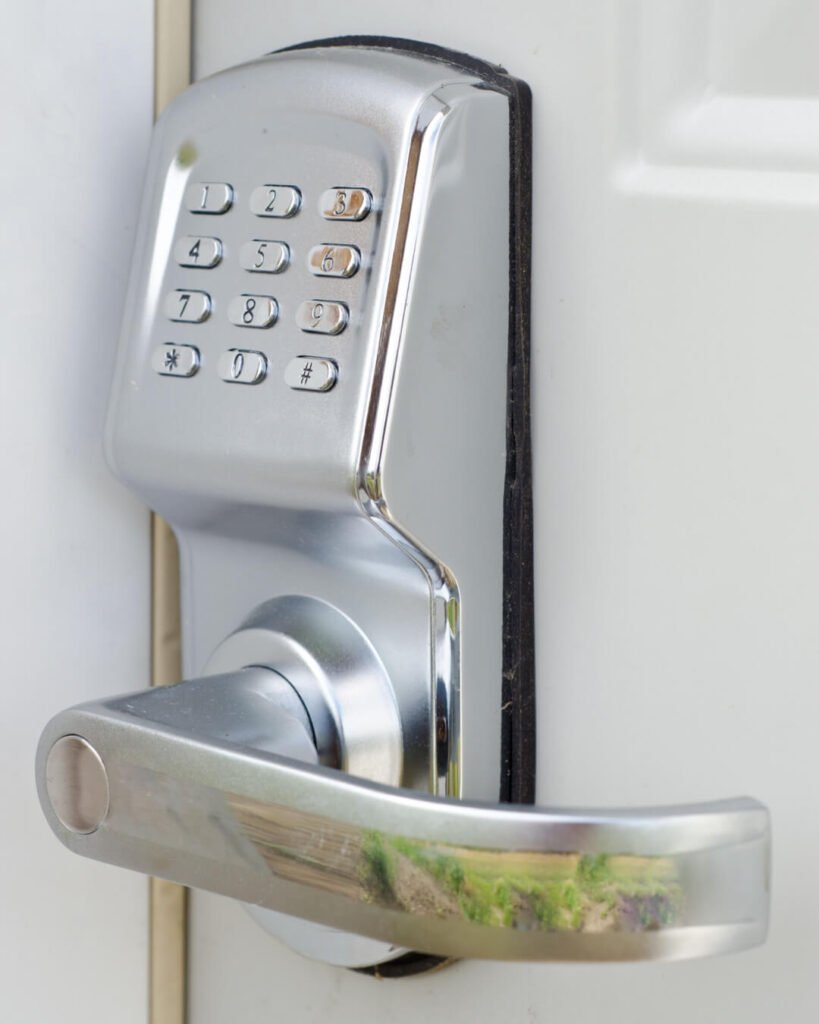In the diverse climate of the Indianapolis metro area, where seasonal extremes range from scorching summers to freezing winters, the performance and durability of lock mechanisms are subjects of considerable importance. This article delves into how varying weather conditions affect the functionality of locks, drawing on insights from materials science, mechanical engineering, and climatology to explore challenges and solutions for residents and businesses in Indianapolis.
Understanding Lock Mechanisms and Materials
Lock mechanisms, comprising various metals and alloys, are designed to offer security and durability. However, their performance can be significantly influenced by environmental conditions. Common materials in lock construction include brass, steel, and zinc, each with distinct properties and susceptibilities to weather-induced wear.

Effects of Temperature Extremes

- Cold Weather: In freezing temperatures, metal components can contract, leading to misalignment of the lock mechanism. Additionally, moisture within the lock can freeze, causing the lock to jam.
- Hot Weather: Conversely, high temperatures can cause metal components to expand, affecting the smooth operation of the lock. Prolonged exposure to heat can also degrade lubricants, making the lock mechanism stiffer.
Humidity and Corrosion
High humidity levels, especially during Indianapolis’s humid summers, can accelerate the corrosion of metal components. Corrosion not only weakens the structural integrity of locks but can also lead to the accumulation of rust particles, which can obstruct the lock mechanism.
Challenges in the Indianapolis Metro Area
The Indianapolis area, with its continental climate, poses unique challenges for lock mechanisms. The wide temperature fluctuations between seasons necessitate locks that can withstand a broad range of environmental conditions.
Seasonal Maintenance and Repairs
The need for seasonal maintenance and repairs is more pronounced in areas with significant climate variability. Homeowners and businesses may find locks require more frequent lubrication, cleaning, and adjustment to maintain optimal functionality throughout the year.
Material Selection and Design Considerations

Manufacturers and locksmiths serving the Indianapolis market must carefully select materials and design locks that can tolerate the local climate. This includes choosing materials with low thermal expansion coefficients and high corrosion resistance, as well as designing locks that allow for slight dimensional changes without compromising security.
Innovations and Solutions
Advancements in materials science and mechanical engineering have led to the development of locks better suited to withstand adverse weather conditions.
Advanced Materials
The use of advanced materials such as stainless steel, which offers excellent corrosion resistance, and thermoplastics for internal components, which are less affected by temperature changes, are becoming more common in lock manufacturing.
Protective Coatings
Applying protective coatings to lock components can significantly enhance their resistance to corrosion and temperature-induced wear. Coatings such as galvanization, powder coating, and electroplating are effective methods for extending the lifespan of locks.
Smart Locks and Electronic Systems
The adoption of smart locks and electronic locking systems, which rely less on mechanical components, is an emerging solution to the challenges posed by extreme weather. These systems offer the added benefit of remote monitoring and control, providing a convenient and weather-resistant alternative to traditional locks.

Conclusion
The impact of climate on lock mechanisms in the Indianapolis metro area is a multifaceted issue that requires a combination of informed material selection, innovative design, and regular maintenance to address. As technology advances, the development of more resilient locking systems promises to mitigate the challenges posed by Indianapolis’s diverse climate, ensuring security and reliability for residents and businesses alike.
Sources
- Materials Science Journals: Research articles on the properties of metals and alloys used in lock manufacturing and their behavior under various environmental conditions.
- Climatology Studies: Studies on the climate of the Indianapolis area, providing insights into the seasonal challenges faced by lock mechanisms.
- Mechanical Engineering Publications: Technical papers on the design and engineering of lock mechanisms, with a focus on innovations that enhance durability and performance in extreme weather conditions.
